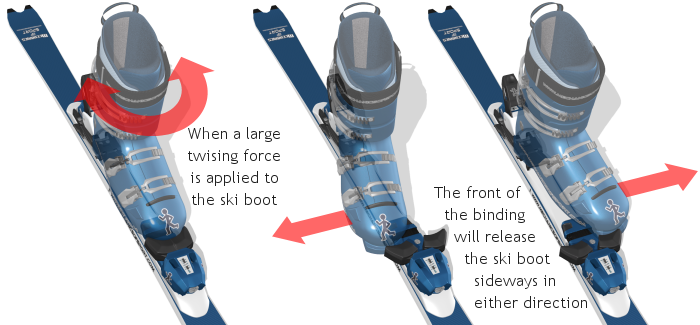Just yesterday,I had my bindings, on a ski I am taking out of retirement checked. The shop used a Wintersteiger (spelling?) machine. A DIN number, or setting number, the one the bindings after set to, is entered into the machine. For the toe, torque is applied and the result shows up on a colored bar, green at its center, yellow at either end, red at either of the far ends. If the needle is in the green zone, then the toe binding is providing the necessary torque for a setting, in my case 8 when going by the book.
One toe piece, torque to both sides was in the red, on the side of excessive resistance. The setting was reset one step lower, to 7. Torque to one side was now green, relative to the 8 inputted into the machine. Torque to the other side was still red. Then, the tech did what he called a "full" torque test to each side. Both came up green and the tech said I was good to go.
Anyone know what the difference is between two torque tests, one "fuller" than the other? And, should I trust the "full" test if the other test fails?
I normally set higher than by the book. But, now that I don't know what to trust, I'll start low. If I get pre-releases, I'll set higher, bit by bit. But, still, I wonder if I will be safe.





